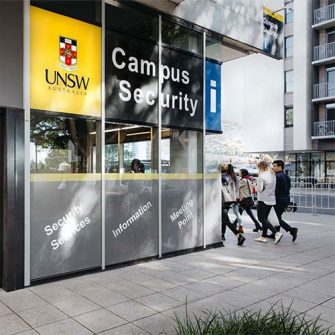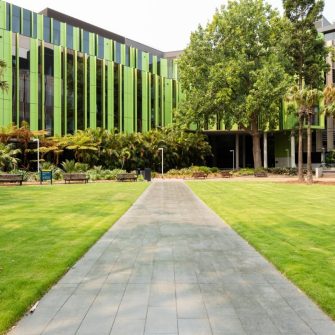Office of Assurance and Integrity
Safety

At UNSW, persons must not enter or work in or on a confined space unless authorised by an entry permit issued by Facilities Management. All work must comply with the NSW WHS Regulation 2011 (Chapter 4, Part 4.3, Division 3 - Working in Confined Spaces).
Please note: "safe oxygen level" means a minimum oxygen content in air of 19.5% by volume under normal atmospheric pressure and a maximum oxygen content in air of 23.5% by volume under normal atmospheric pressure.
Examples of confined spaces
Examples of confined spaces are as follows:
- storage tanks, tank cars, process vessels, boilers, pressure vessels, silos and other tank- like compartments
- open-topped spaces such as pits or degreasers
- pipes, sewers, shafts, ducts and similar structures
- shipboard spaces entered through a small hatchway or access point, cargo tanks, cellular double bottom tanks, duct keels, ballast and oil tanks and void spaces (but not including dry cargo holds).
- 2020 UNSW Biological and Facility Register
- AED
- Asbestos
- Biological
- Building
- Chemical
- Confined Space
- Contractor Safety
- Electrical
- Fieldwork
- Gene Technology
- Hazardous Manual Tasks and Ergonomics
- Laboratory Safety
- Lasers
- Nanomaterials
- Noise
- Personal Protective Equipment (PPE)
- Plant
- Radiation
- Travel
- Visitors
- Working After Hours
- Working at Height
- Working environment



